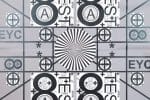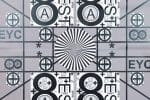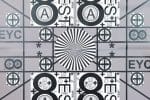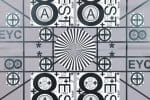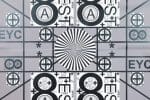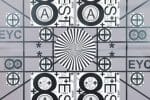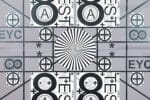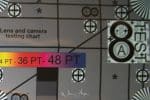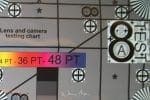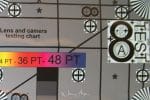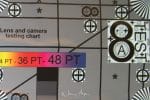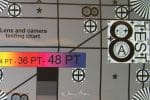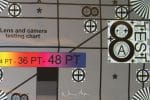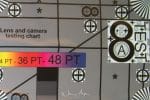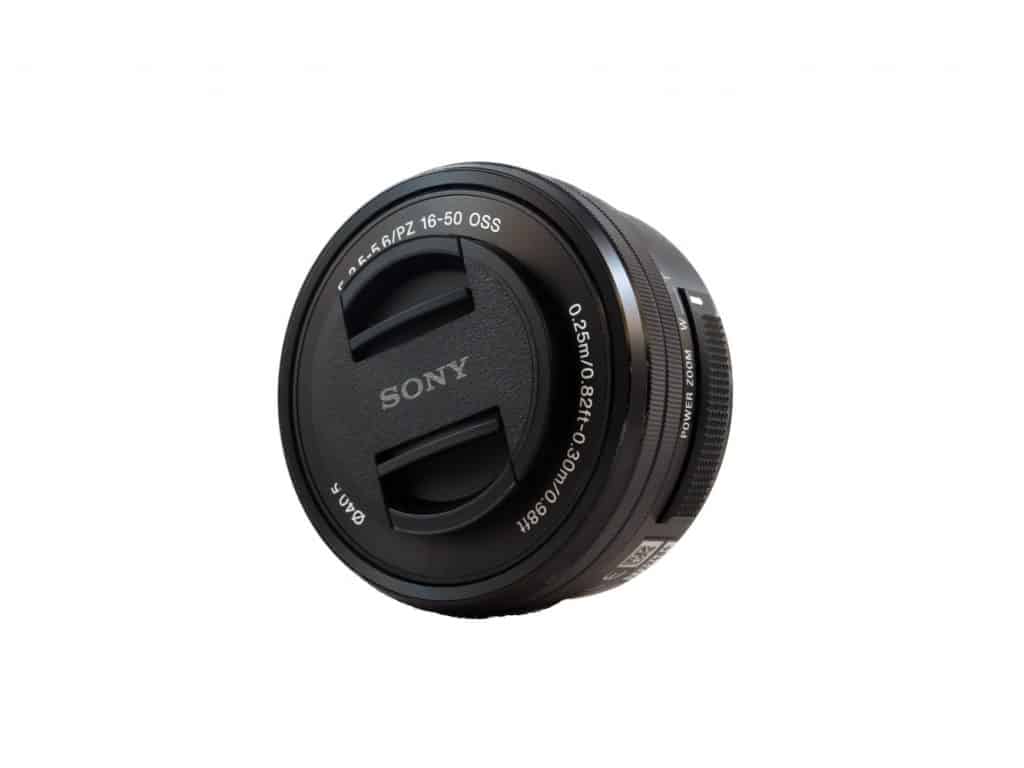Laowa 12mm f/2.8 E-mount review
Laowa 12mm f/2.8 E-mount review
Introduction
Venus Optics, a Chinese manual-only lens producer, introduced the world’s widest f/2.8 Lens with close-to-zero distortion last year via a crowdfunded Kickstarter campaign. The Laowa 12mm f/2.8 for Sony E-mount is an extreme wide-angle lens with a 122° angle of view.
With a fast f/2.8 aperture, this lens would in theory at least be ideal for many types of photography ranging from landscapes to starscapes, interior, architecture and long exposures.
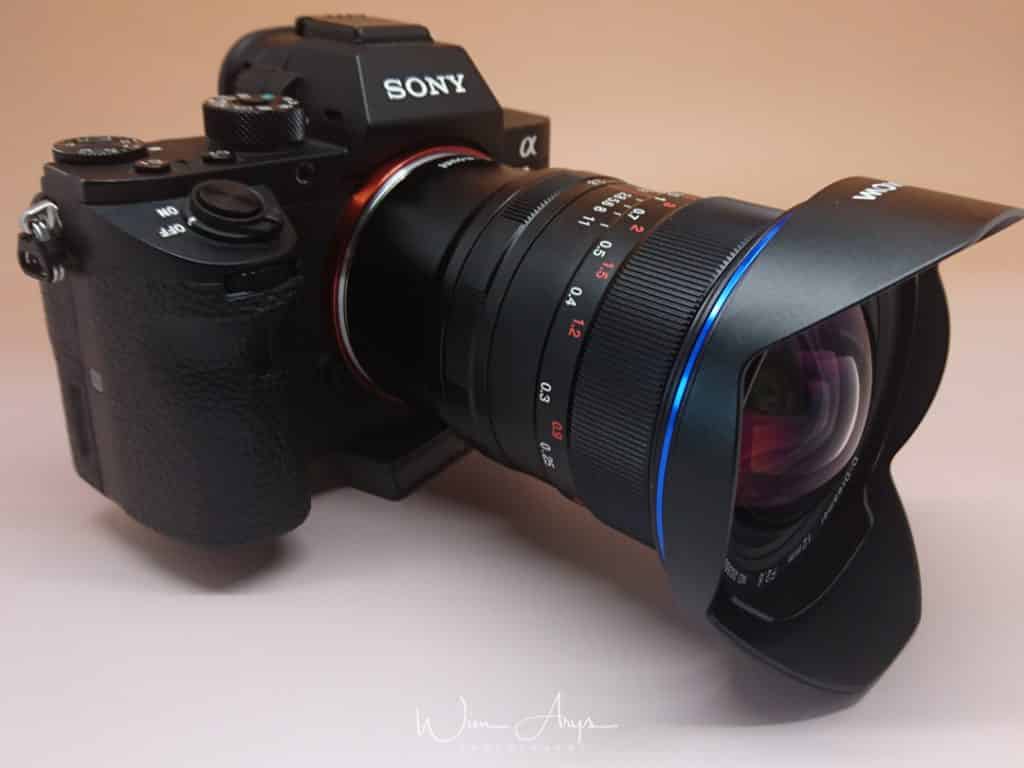
Venus optics is marketing this wide angle as a zero distortion or rectilinear lens, meaning that straight lines remain straight even at the edge of the frame. A rarity with such a wide field of view, as most extreme wide angle lenses will at least show some barrel distortion. Since this lens has a bulbous front, it does not have a filter thread, but you can add an optional 100mm filter holder system. Word of warning though, user reports claim that you’ll get large vignetting with their own filter holder system. Nisi’s filter holder should work better.
The lens is also very light (around 2.5 lb) and quite small. The latter is largely nullified in the E-mount for Sony version that basically has an FE adapter welded onto the lens to account for the shorter flange distance that mirrorless cameras have. So this means that the lens isn’t really designed for mirrorless, it’s designed for DSLR’s.
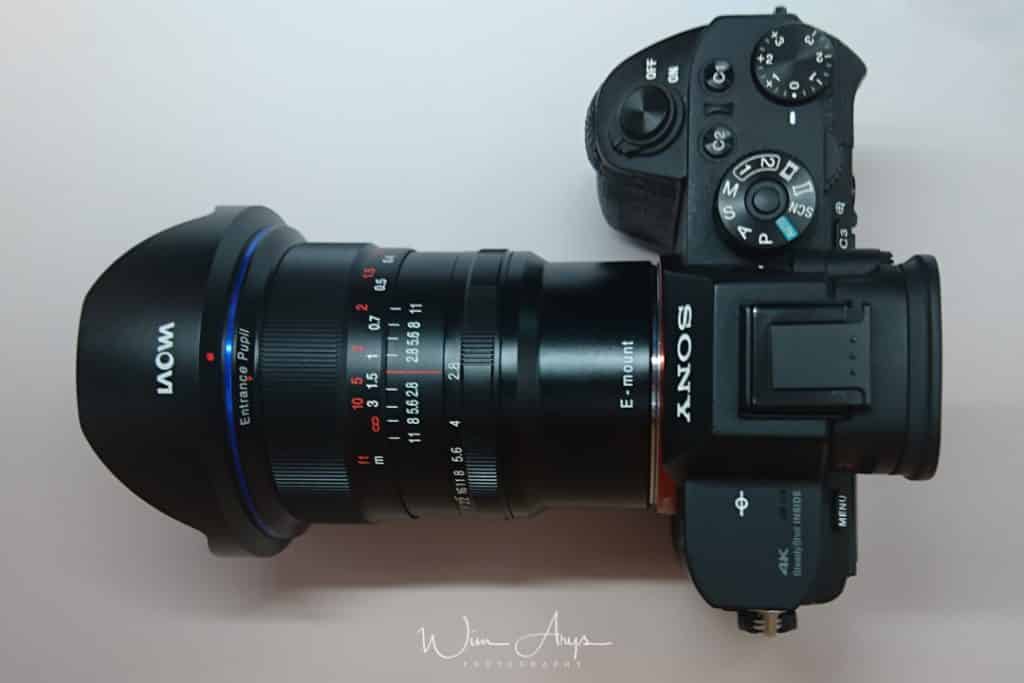
The lens barrel itself is not weather sealed (word of warning for landscape photographers) but the bulbous front has a water repellant coating that should make it easier to clean.
The Laowa 12mm f/2.8 is also a manual-only lens, meaning that there are no electronic contacts relaying aperture and focal distance to the camera body.
Build and feel
With an all metal barrel and nice finish, the Laowa 12mm f/2.8 feels like a quality product. The aperture ring clicks confidently throughout the range, and the focusing ring has the right amount of tension for precise change.
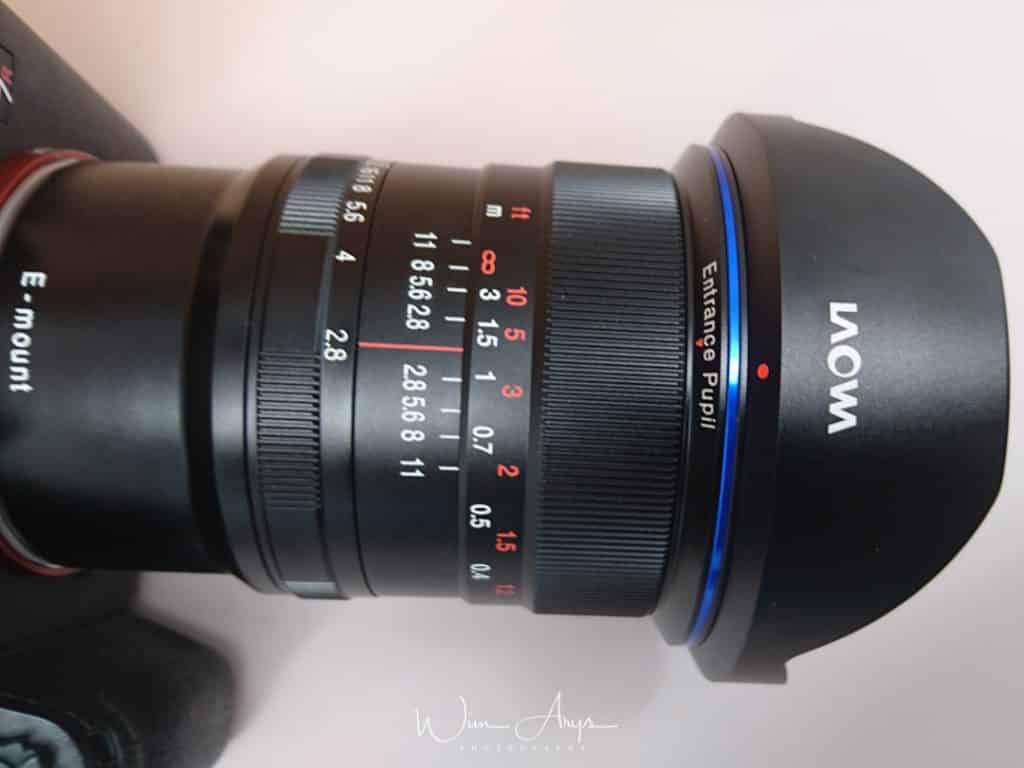
There are some signs of low-quality control though like the Entrance pupil dot not lining up with the supplied hood and despite the air sealed packaging, you could see some nicks and scratches right out of the box.
Manual focussing with the Sony A7rm2
You’ll hear people say that it is easy to focus manually with a wide angle lens like this. You only need to calculate the hyperfocal distance according to your aperture settings and most of the frame will be sharp. This is not true. You need to focus very carefully with this lens. That is why you’ll find that most reviewers who know what they are talking about will advise you to always use a tripod with the Laowa 12mm.
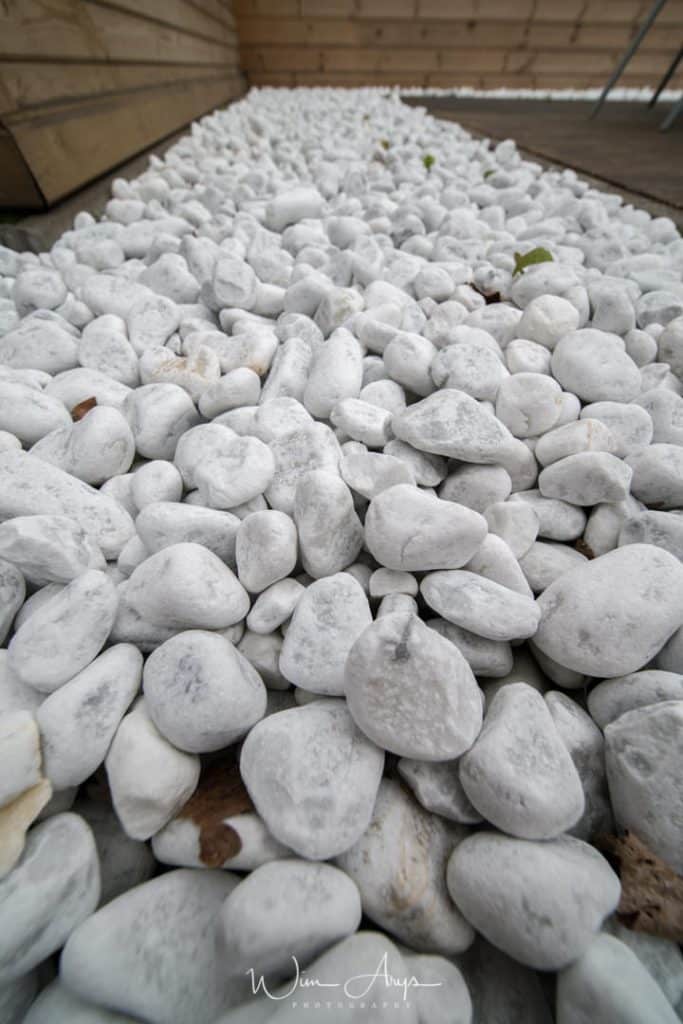
minimum focussing distance
This because it is quite difficult to focus precisely with an extreme wide angle like this, even with focus peaking, it is hard to see where your focus exactly lies. You’ll also need to engage focus magnification (assign it to the C3 button in Custom Key settings). And even then, you might not have as many keepers as expected when walking around. In fact, I find it much easier to manually focus with the Zeiss Loxia 21mm. Granted, it is not an as extreme wide angle as the Loawa 12mm, but because it has a lot more micro contrast, it’s easier to see where the focus lies.
Distortion, Sharpness, and CA
Distortion
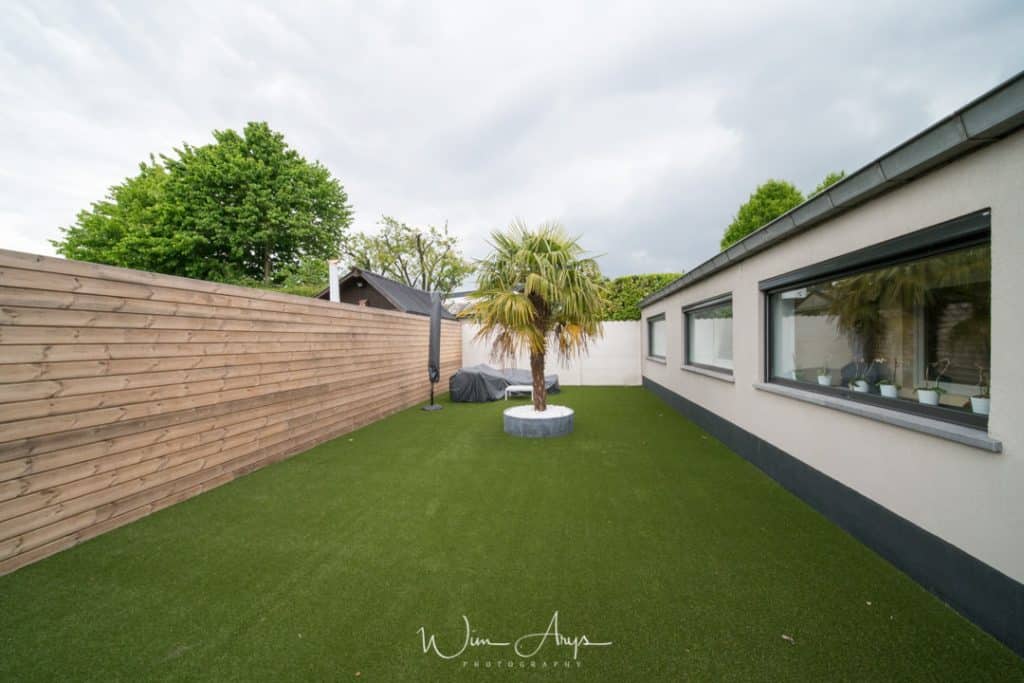
Zero distortion visible
Zero distortion isn’t exactly true, but lines do appear straight even at the edges of the frame. This lens would be ideal for photographing interiors or architecture.
Chromatic aberrations

Church at f/8
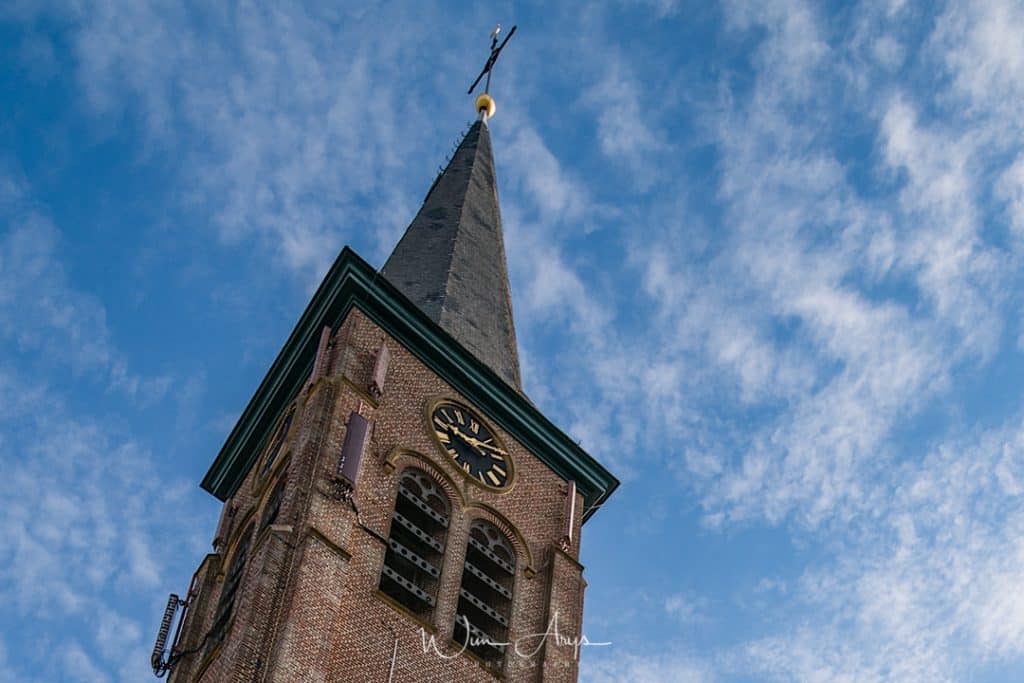
CA is very well controlled, but you might see some pop up in high contrast areas at the edges of the frame.
Yes, you’ll see some chromatic aberrations in high contrast scenes, especially at the frame edges. But it’s well under control and easy to fix in Lightroom with the remove CA color picker.
Vignetting
Even at f/2.8, there is little or no Vignetting visible.
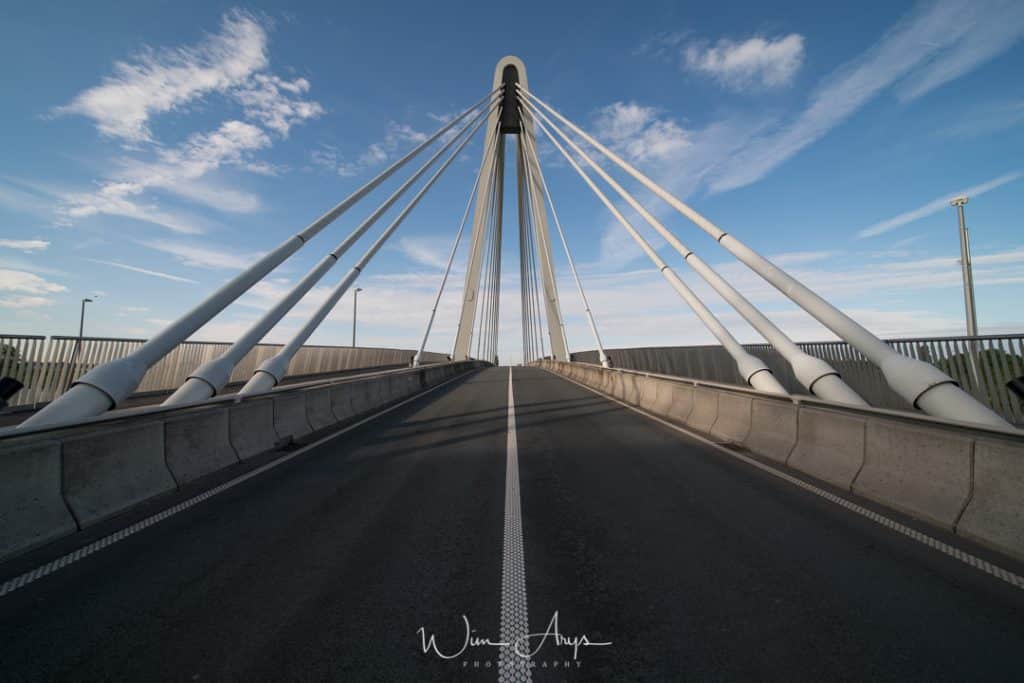
Sharpness
We’re looking at 100% crops of the center and corner image here. I’m using a sturdy tripod, image stabilization is off, and 4 300dpi test charts.
Center
The image center is relatively sharp at f/2.8, but if you’re going for maximum sharpness in the center, you’ll need to stop down to f/8. From f/11 onwards, there is a decrease in sharpness visible due to diffraction, but I’d say still usable up to f/16.
- f/4
- f/5.6
- f/8
- f/11
- f/16
- f/22
Corner
The corners don’t fare as well as the center, unfortunately, at f/2.8, the corners look extremely blurry. We’ll need to stop down to f/11 to get somewhat sharp corners, but at this aperture, the center is already impacted by a loss of sharpness due to diffraction. It’s widely known that you never get very sharp corners with extreme wide angle lenses like the Laowa 12mm. But then again the Tamron 15-30mm f/2.8 does fare a lot better in this regard, and it’s already extremely sharp in the corners at maximum aperture.
- f/2.8
- f/4
- f/5.6
- f/8
- f/11
- f/16
- f/22
Sunstars and Flare

Although you might read reviews saying that the Laowa 12mm f/2.8 final production model has 9 blades, this is not true. It only has 7, and they are not rounded, so don’t expect the most beautiful sunstars ever.
You’ll frequently encounter flare too when shooting into the sun.

flare
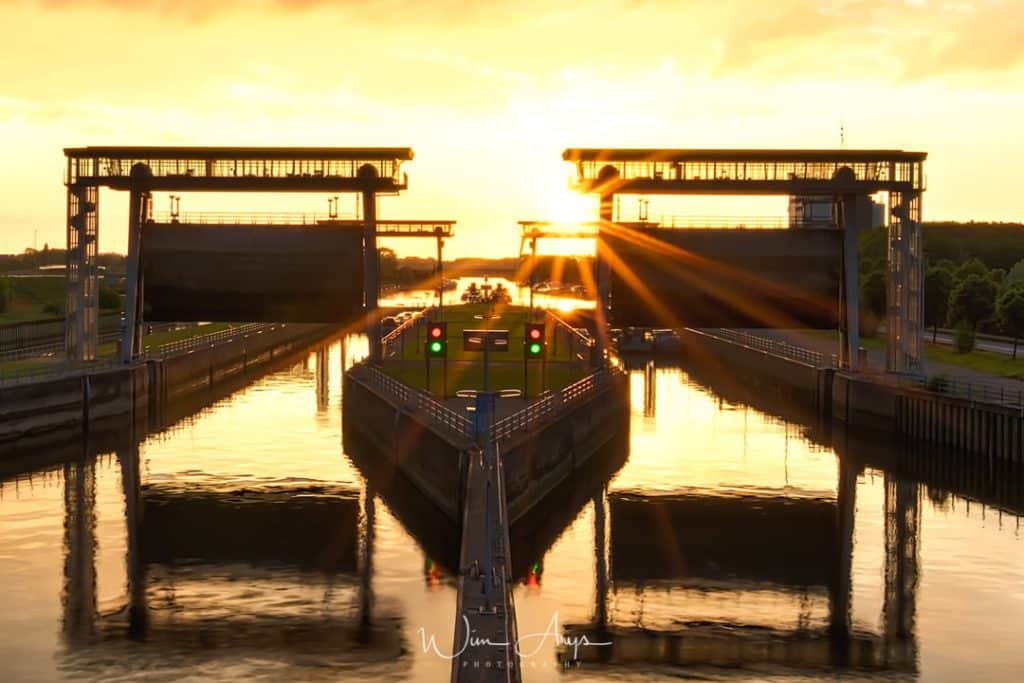
100% crop sun stars
Conclusion
The Laowa 12mm f/2.8 does a few things very well. It is not totally without distortion, but it is very close. You’ll find no problem with bowed lines in architecture or interior photography, but of course, rectilinear lenses work best if you level both horizontal and vertical lines.There is almost no vignetting visible even at maximum aperture and Chromatic aberrations are also very well under control and easily corrected if you see this popping up in high contrast areas in the corners.
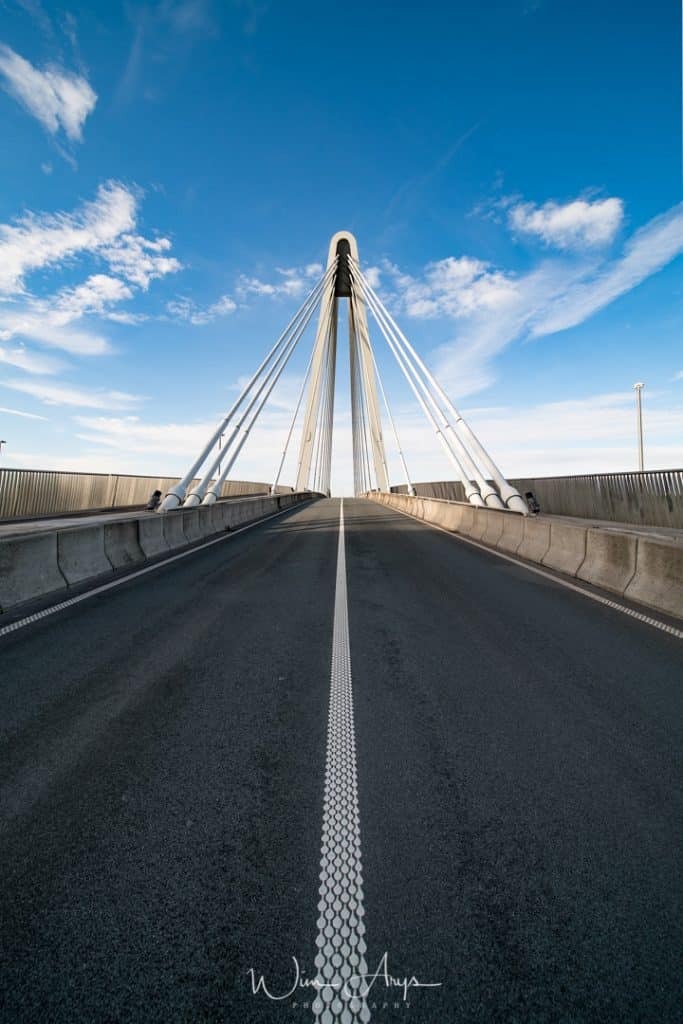
bridge at f/11
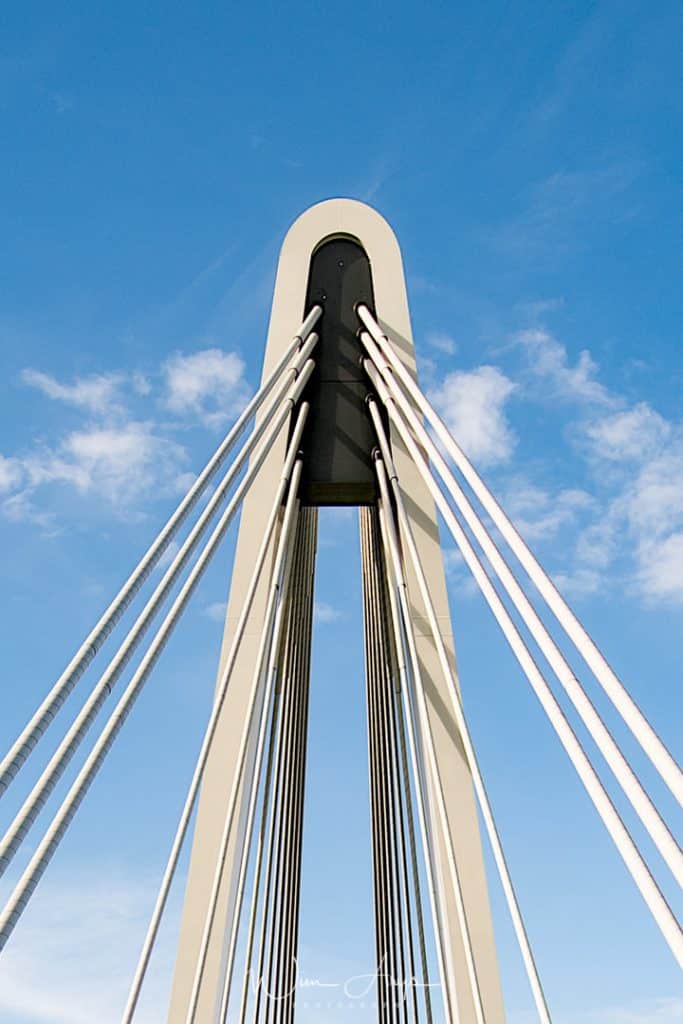
bridge at f/11 with sharpening
The big let-down is sharpness. At maximum aperture, the center looks decent but the edges of the frame are frankly unusable. To make things worse, you’ll need to stop down to f/11 before they appear somewhat acceptable, but center sharpness starts decreasing at that aperture. This means that the Laowa 12mm f/.28 is not suitable for starscapes. You’ll also need to apply sharpening to all your images if you want to get to an overall satisfying look.
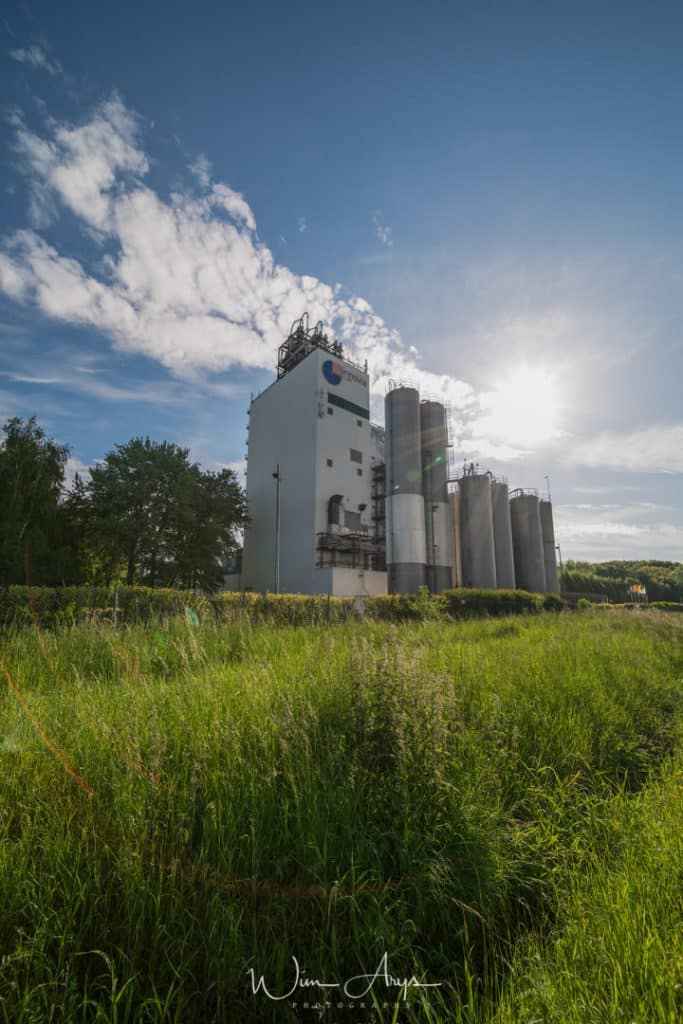
sunstars at f/11
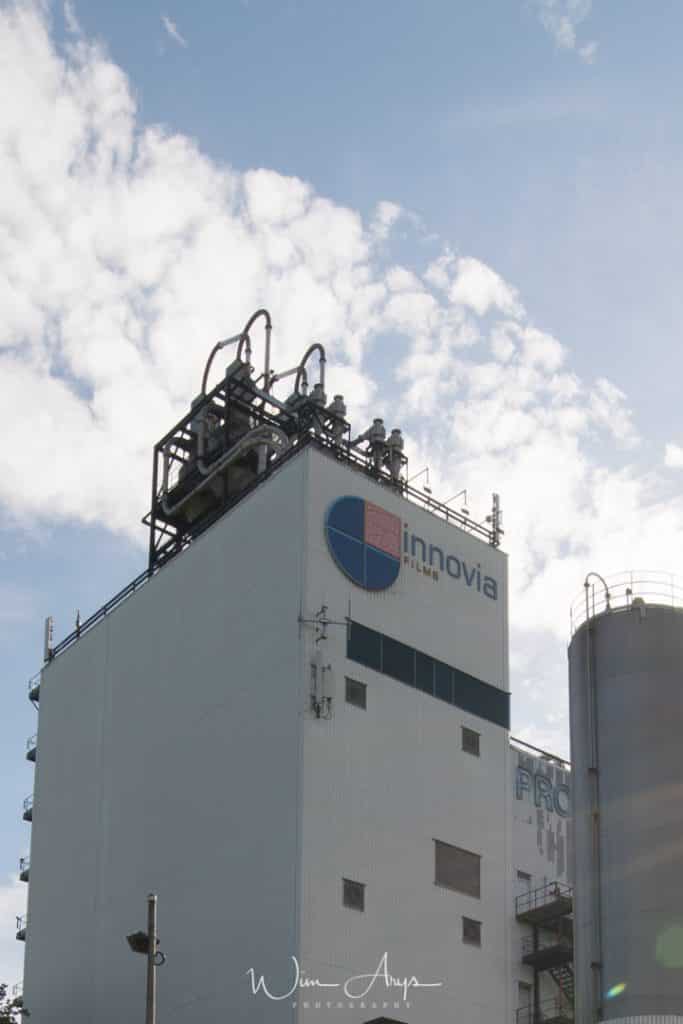
100% crop
Manual focussing is also very problematic with the Laowa. One would normally focus at f/2.8 with focus peaking and focus magnification turned on and then stop down to your desired aperture. But because the lens isn’t really sharp at maximum aperture, and lacks the micro cotrast of say a Loxia 21mm, both these methods can only give you a ballpark guess of where the focus lies. This is easier with a tripod though, but even then you’ll need to take your time. You’ll also need to apply some kind of sharpening to all your images if you want to get to an overall satisfying look.
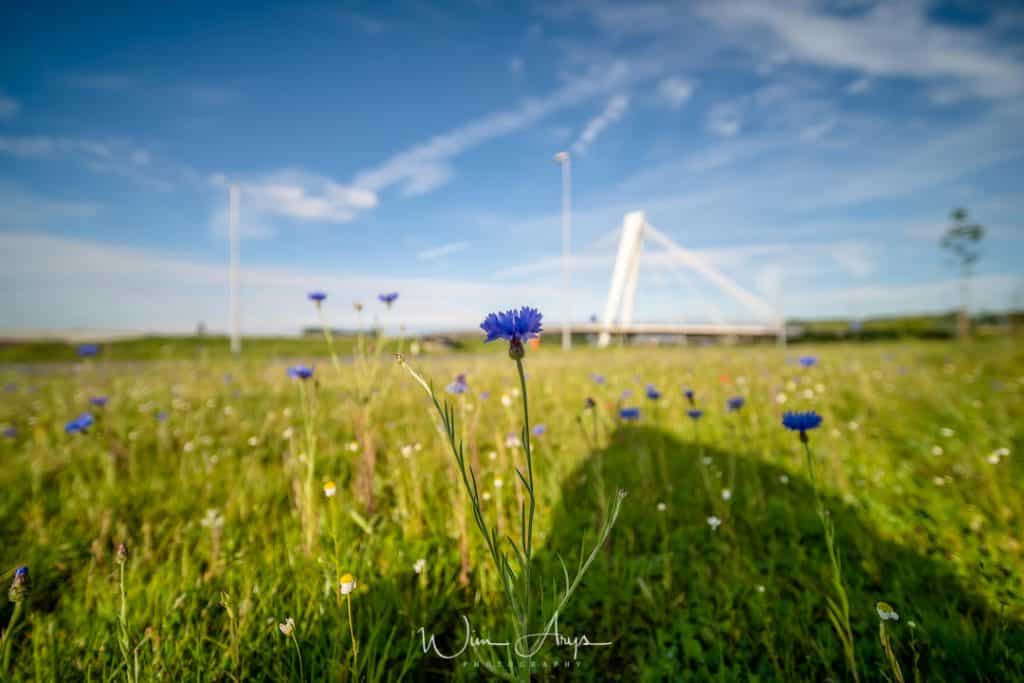
In short, the Laowa 12mm f/2.8 does not have the resolving power needed for high megapixel cameras. At a $1000 dollar price tag for a manual lens, I find this very disappointing. Perhaps this lens fares better with DSLR’s, what it designed for, but I would definitely not recommend it for Full Frame E-mount cameras. I would only recommend the Laowa 12mm f/2.8 for interior or architecture photographers who don’t want to bother with too much post processing, lens- and perspective corrections. If this is not your full-time job or passion, look elsewhere. Due to the short flange distance mirrorless cameras have, you’d be better of with a Loxia 21mm, Voigtlander 15mm, 12mm or 10mm. These manual lens alternatives are either not as wide or slower, but perform way better on the Sony A7rm2 and at least have electronic contacts to the body. If you don’t mind adapting, have a look at the Tamron SP 15-30mm f/2.8 for A-mount, which has full autofocus capabilities with the LA-EA3 and is already tack sharp corner-to-corner at f/2.8.
